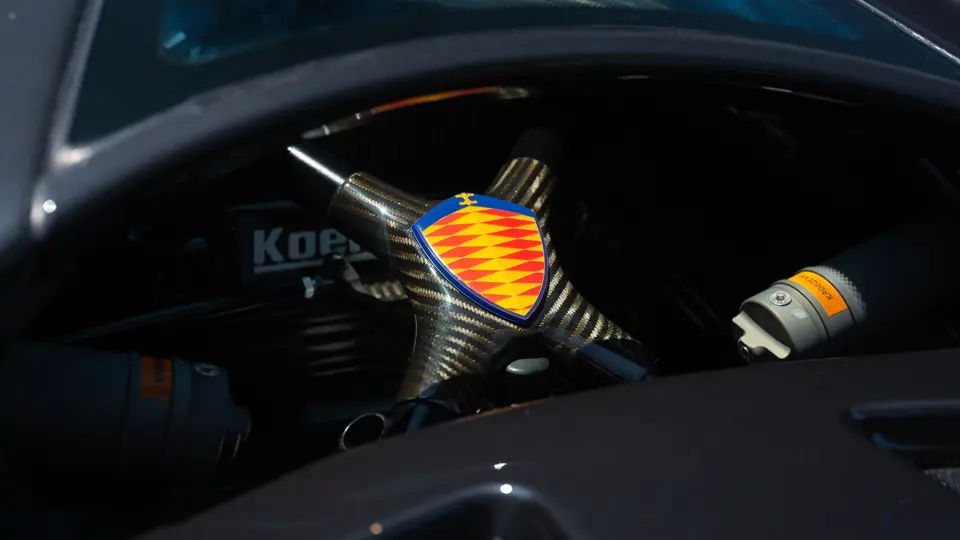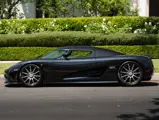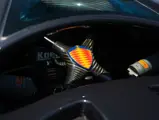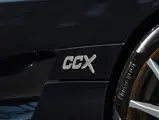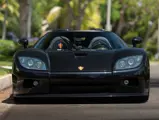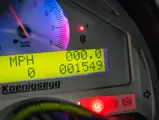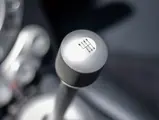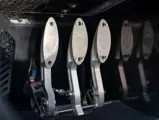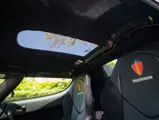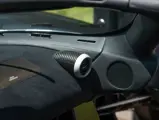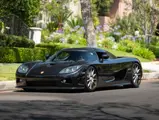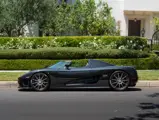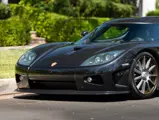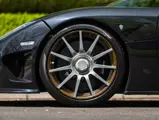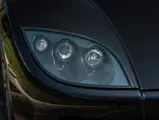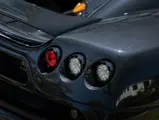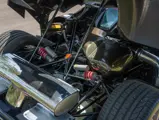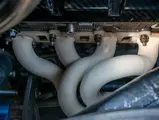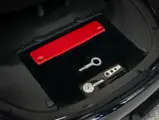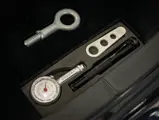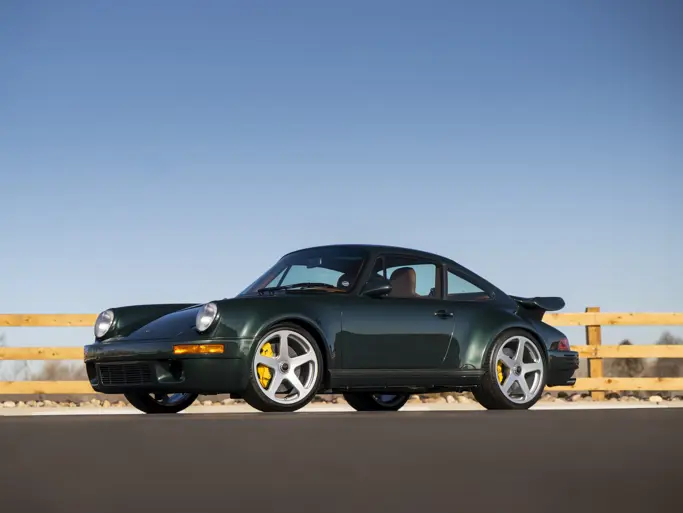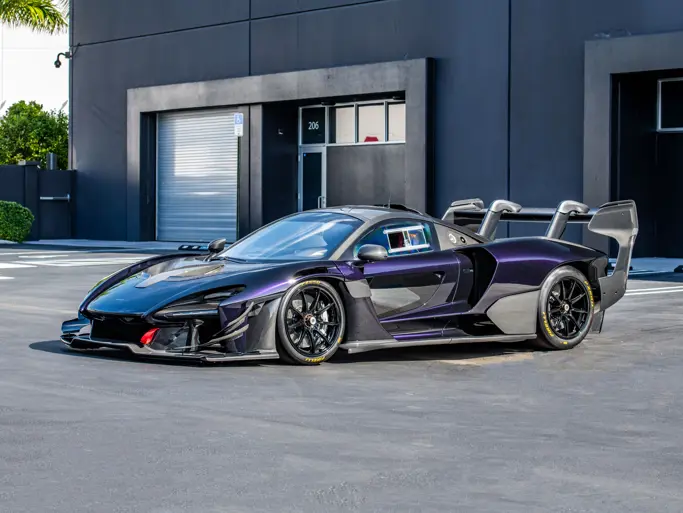
2008 Koenigsegg CCX
{{lr.item.text}}
$1,215,000 USD | Sold
{{bidding.lot.reserveStatusFormatted}}
- One of only 30 CCX models produced
- Showing fewer than 1,600 miles on the odometer at time of cataloguing
- Rare six-speed manual transmission
- Finished in metallic black over a black leather and Alcantara interior
- Full carbon-fiber body, carbon-fiber wheels, and factory-mounted fire extinguisher
The idea of building one’s own supercar to compete with the likes of Ferrari, Lamborghini, and McLaren would generally be considered ludicrous, what with the monumental strides these companies have made in automotive technology and performance over the past decades. How could one man’s vision compete with such established sporting pedigree and record-setting engineering?
From time to time, however, someone does indeed attempt such a feat and, on even rarer occasions, succeeds brilliantly. Such is the case with Swedish supercar builder Koenigsegg. Christian von Koenigsegg created a company in his own name in 1994; his aspiration was to build nothing short of the greatest supercar in history—or “megacar,” as the company calls it. Over the next three years, with help from a small but highly skilled group, a prototype was constructed using a radical carbon fiber tub and a litany of automotive engineering firsts. This car, named the Koenigsegg CC for Competition Coupé, was first publicly displayed at the Cannes Film Festival in 1997 to an overwhelming reaction from both the public and the press. Confident his cars would find buyers, Koenigsegg left Cannes with nothing other than production on his mind.
The first customer car arrived in 2002, under the moniker CC8S. This car was entirely hand-built and set the stage for the minimalistic, clean, efficient, and elegant styling that would characterize all future Koenigsegg cars. Over the two-year production run, only six examples were constructed, two of which were right-hand drive. The chassis was made of carbon-fiber reinforced Kevlar and honeycombed aluminum, much the same as a Formula One car. It featured a removable targa-style hard top, eliminating the need for open and closed variants. No supercar is complete without a sexy pair of doors; Lamborghini has its scissors and Mercedes-Benz its gull wings, while Koenigsegg has “dihedral synchro-helix” actuating doors, which slide outward and pivot up.
Succeeding the CC8S was the CCR. The two cars shared many characteristics, with everything on the CCR improved: tuned suspension, larger brakes, bigger wheels, and aerodynamics creating significantly more down force. All these upgrades were made necessary because the 4.6-liter aluminum block, twin-supercharged V-8 had been tuned to produce an astonishing 806 horsepower. It would be this car that would dethrone the McLaren F1 as the fastest production car ever built, with a top speed of 242 mph—a record that had held for eight years. Only 14 examples would be built before Christian Koenigsegg’s unwavering commitment to build the greatest supercar of all time had him create a third iteration: the CCX, with “X” commemorating the tenth anniversary of the first drive of the original CC.
KOENIGSEGG PUSHES THE ENVELOPE
Although similar in appearance, the exterior of the CCX was completely remodeled. This was not a cosmetic modification made to freshen the appearance of the car; rather, it was the result of a dedicated effort to eliminate everything that did not serve a dedicated function. A flat underside and venturi tunnels in the back helped reduce the coefficient of drag to an incredibly low 0.30, while increasing down-force to 60 kilograms at the front of the car and 65 kilograms at the rear at 120 mph. Interior comfort was improved with better ergonomics, and an additional two inches of headroom was added to accommodate taller drivers or those wearing helmets.
This car would be the first Koenigsegg to meet global emissions and crash safety standards. It could also run on 91 octane fuel and still produce identical power figures to the CCR. Amazingly, this engine can accelerate the car from 0 to 60 mph in 3.2 seconds and return 14 mpg in the combined cycle.
In the hands of Top Gear’s infamous Stig, a CCX fitted with an optional rear wing managed to lap the Top Gear track in a blistering 1:17.60—toppling the Pagani Zonda F Roadster from its pedestal. In fact, the car sat atop the leader board for nearly two years, a record time that its greatest rival, the Bugatti Veyron, would be unable to best. With this achievement, Koenigsegg became known globally and has since been regarded as the absolute zenith in the realm of supercars. The CCX would break a litany of Guinness World Records, including an astonishing 0–300–0 km/h time of just 29.2 seconds.
With a production run from 2006 through 2010, only 49 CCX models were produced, according to Koenigsegg. This included a range of different variants broken down as follows: 30 CCX, nine CCXR, six CCX/CCXR Edition, two CCXR Special Edition, and two CCXR Trevita examples. (Koenigsegg notes that one CCX remains a factory test vehicle to this day and that some CCX models have since been upgraded to CCXR specifications.)
While Koenigsegg confirms that most CCX buyers specified the optional paddle-shift transmission, the example offered here features the less common manual six-speed. The car is finished in metallic black with a black leather and Alcantara interior and has been registered in California, Florida and, most recently, Ohio.
As with all CCX models, the body is made entirely of carbon fiber and features a hosts of other components made of the exotic material, including carbon-fiber wheels, seats, dashboard inserts, steering wheel, and air vents. Other features include carbon-ceramic brakes with black brake calipers, rear camera, front suspension lifting system, quilted Alcantara seat inserts, quilted leather floormats, and optional factory-installed fire extinguisher. The removable carbon-fiber roof panel fits in its own custom case and stores in a special compartment in the nose of the car.
With fewer than 1,600 miles showing on the odometer at time of cataloguing, this superb CCX clearly has been driven sparingly. In July 2020, routine maintenance was performed, including changing fluids and filters. This car’s extremely low mileage, coupled with its superlative performance, exquisite craftsmanship, and rare manual transmission, undoubtedly makes it one of the most covetable supercars in existence.

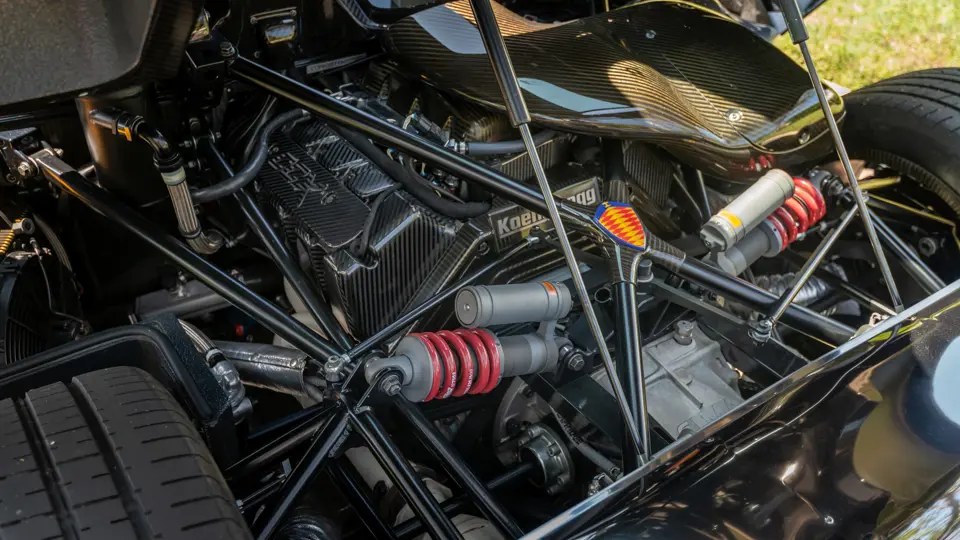



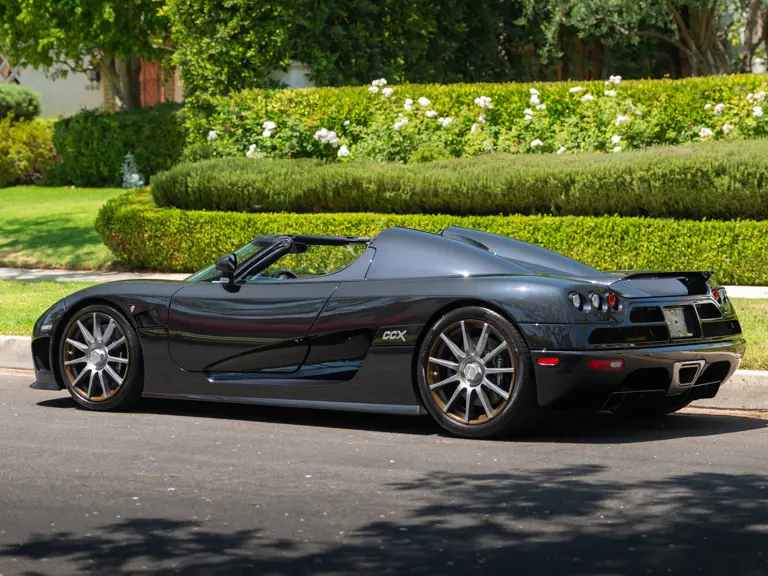
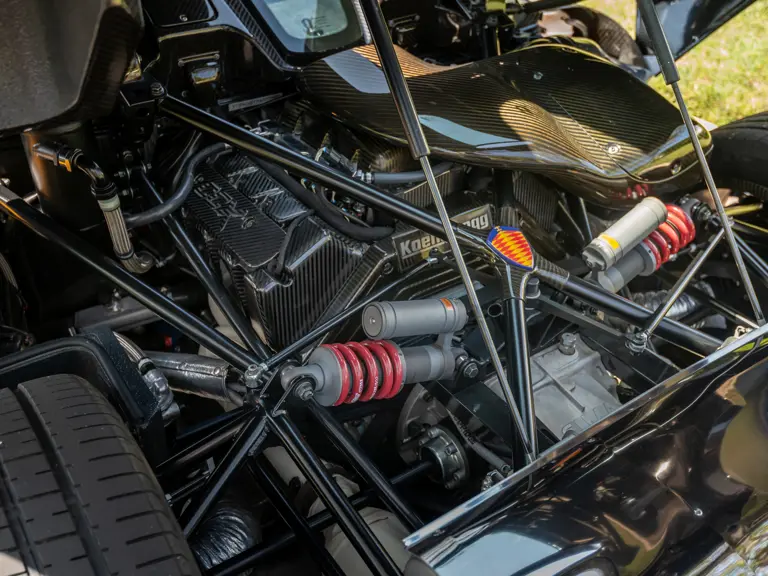
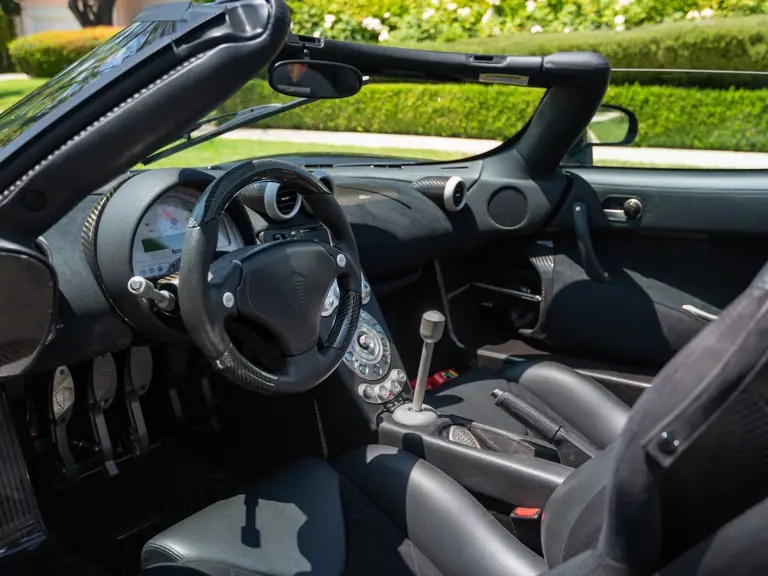
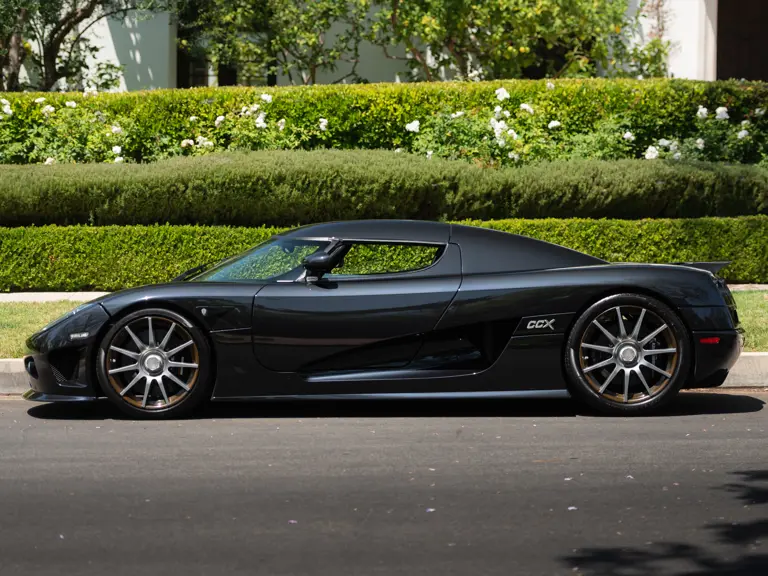

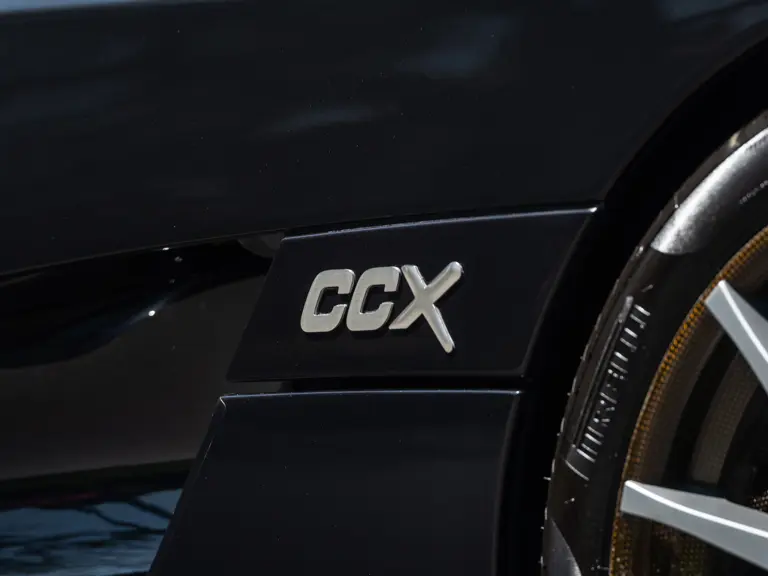

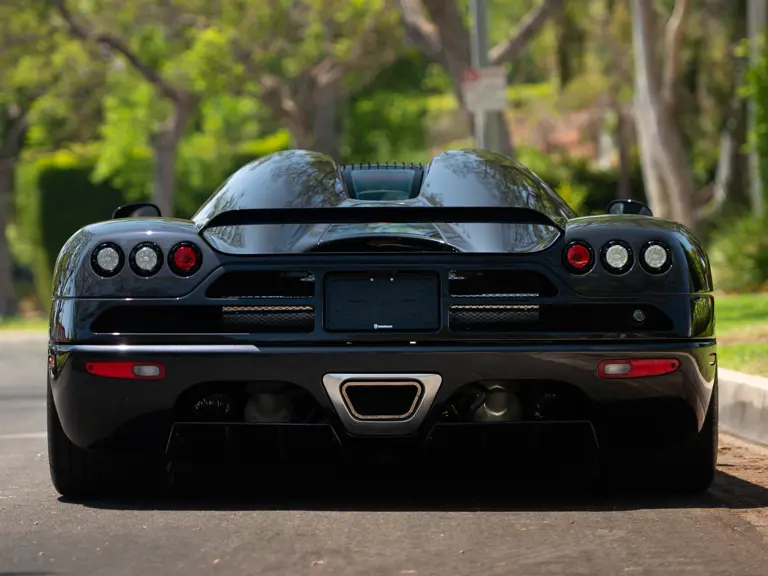
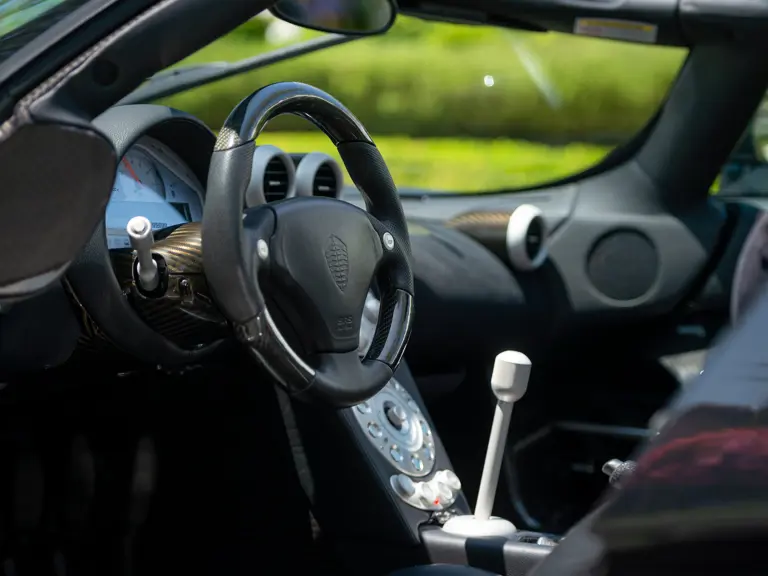


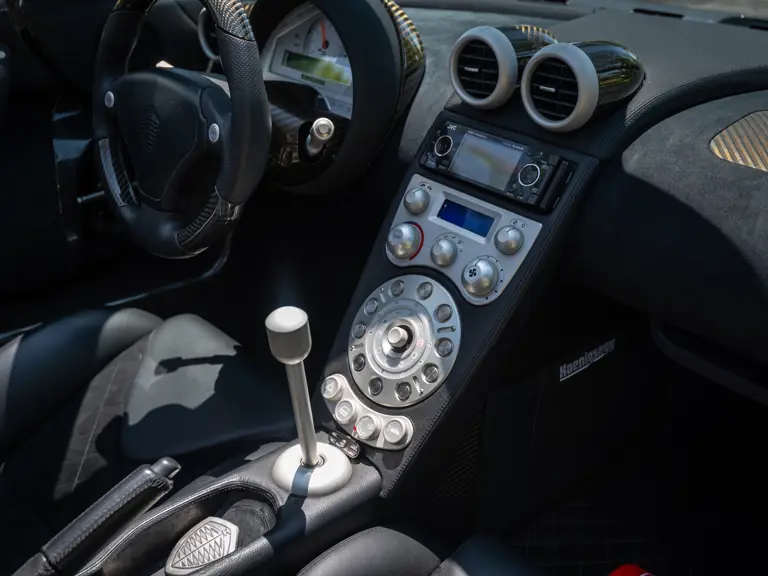
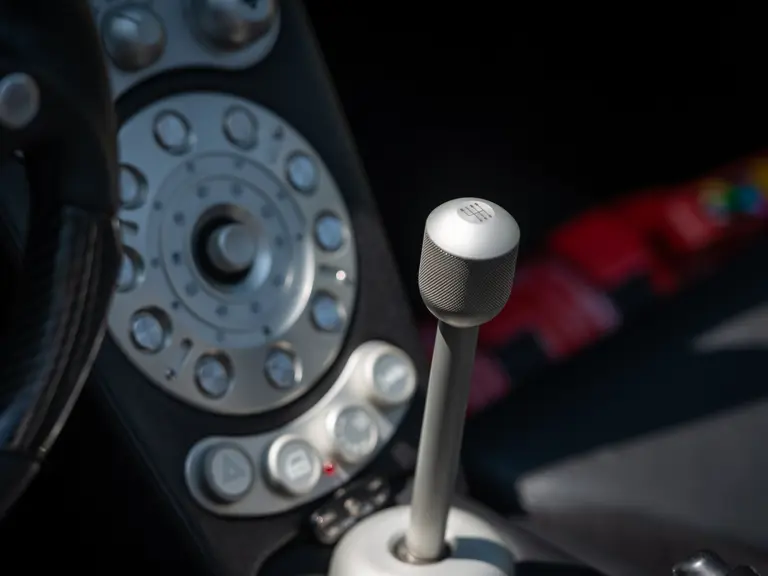
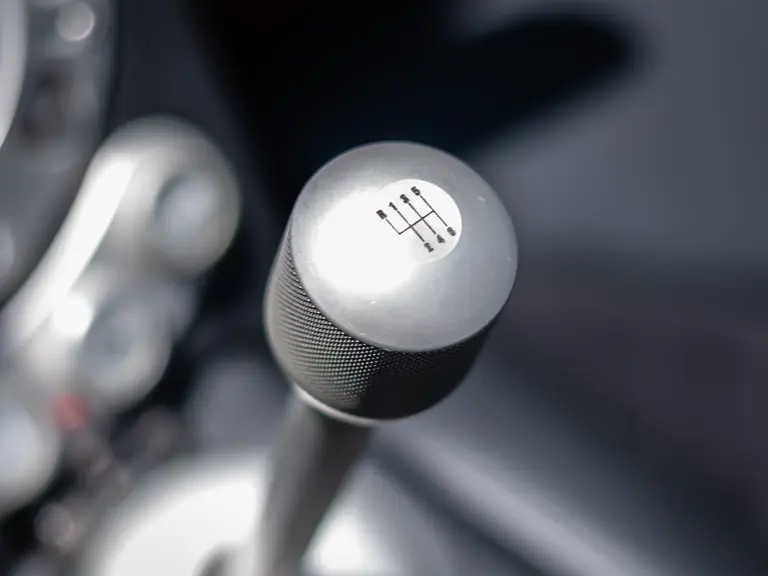
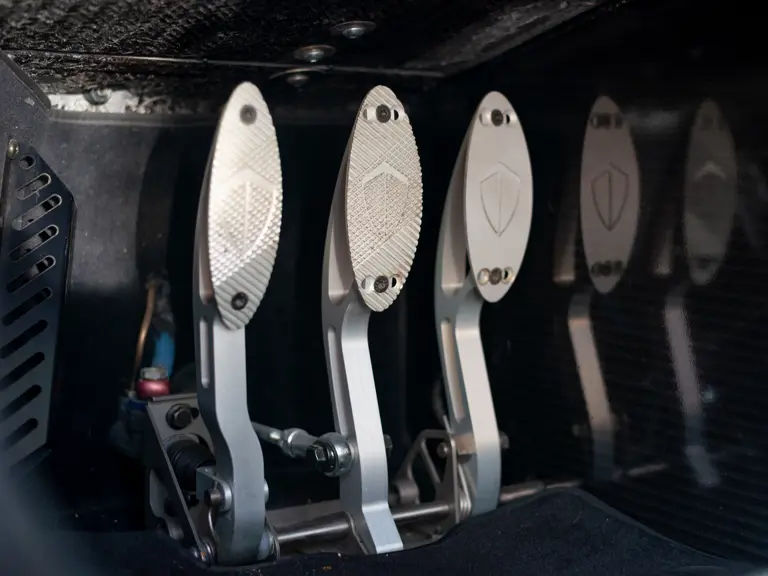

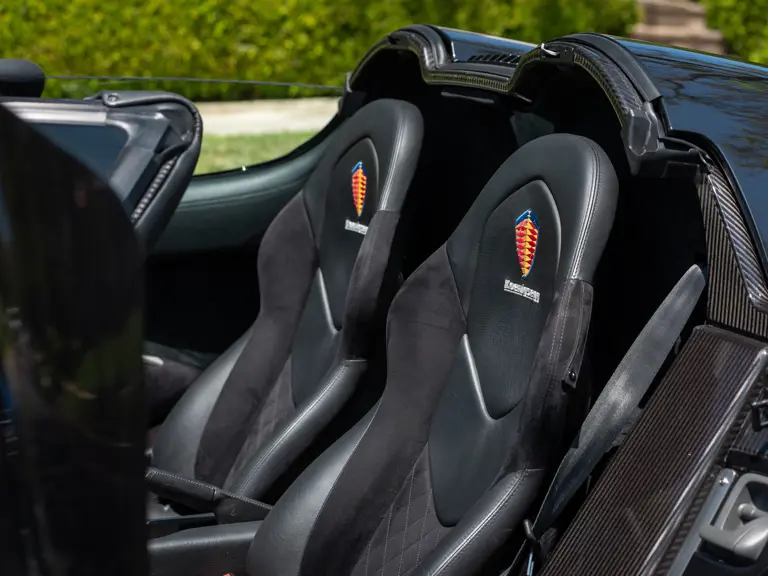
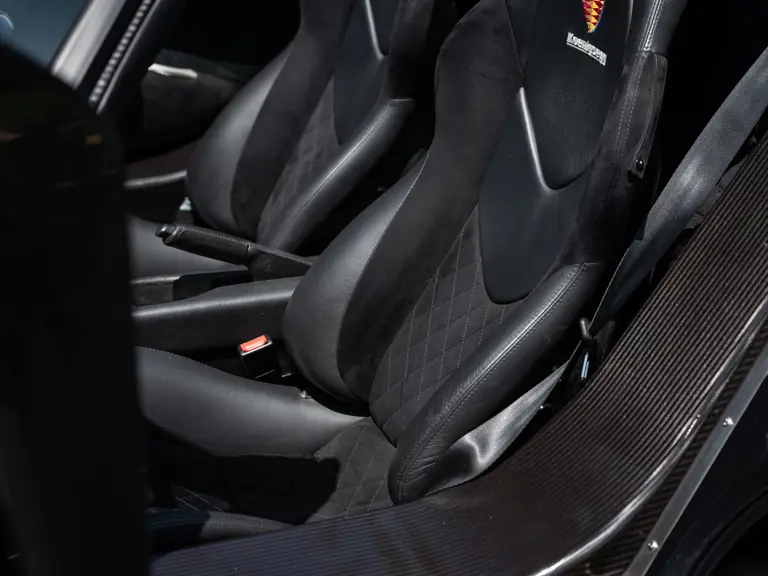
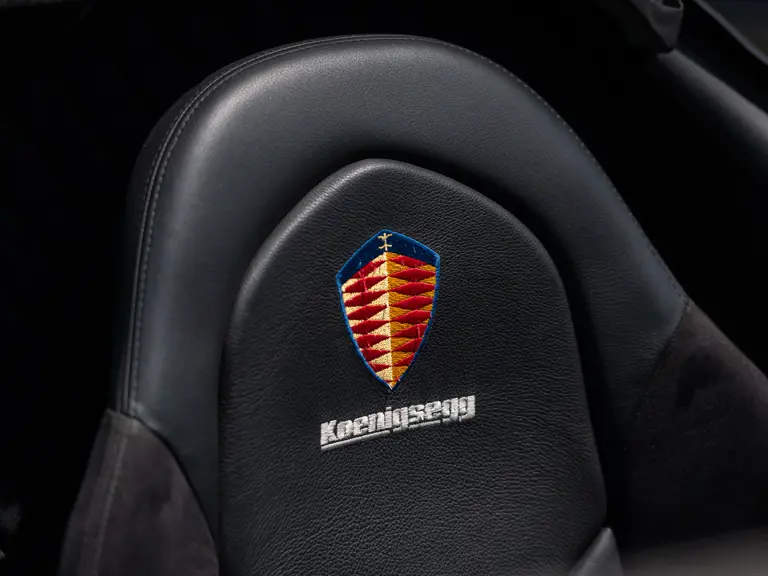
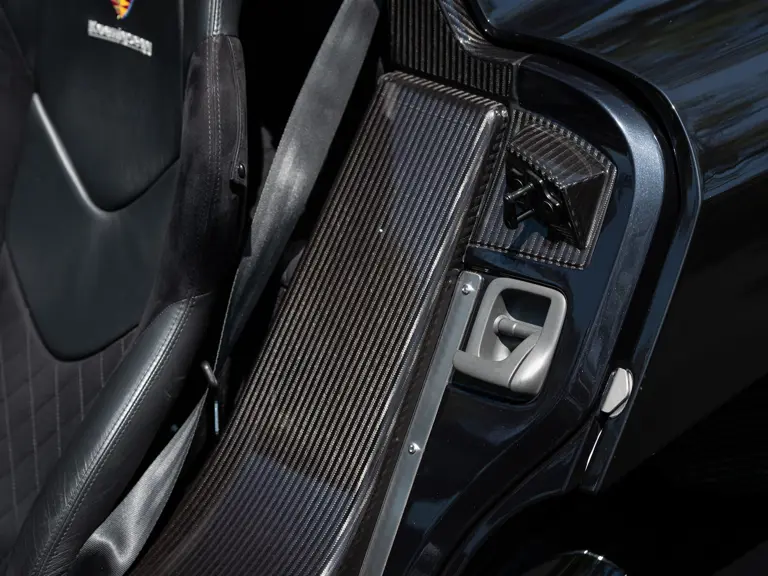



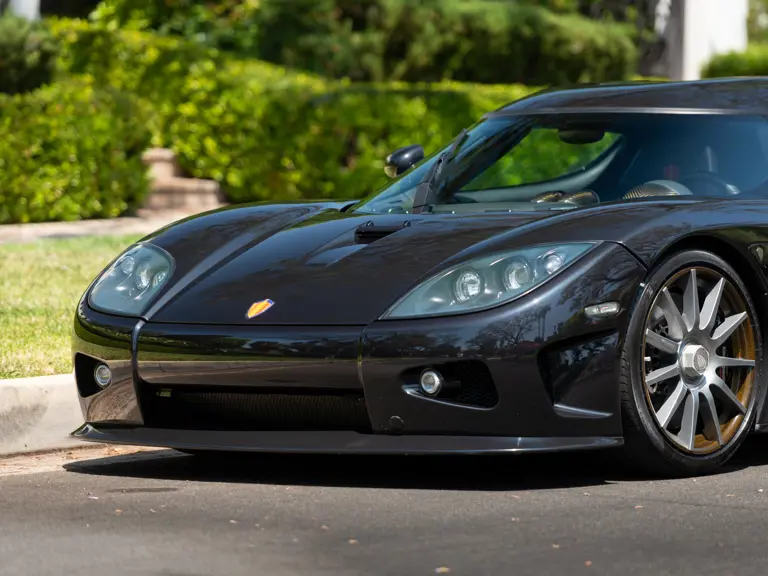
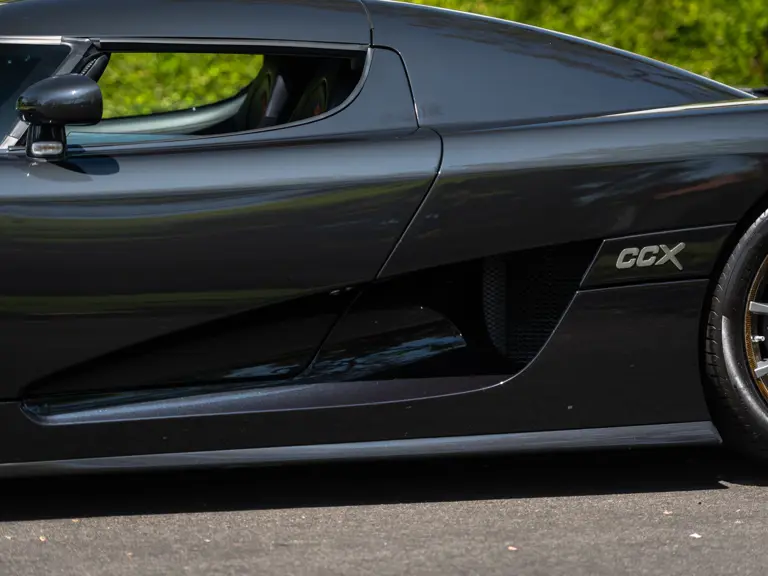
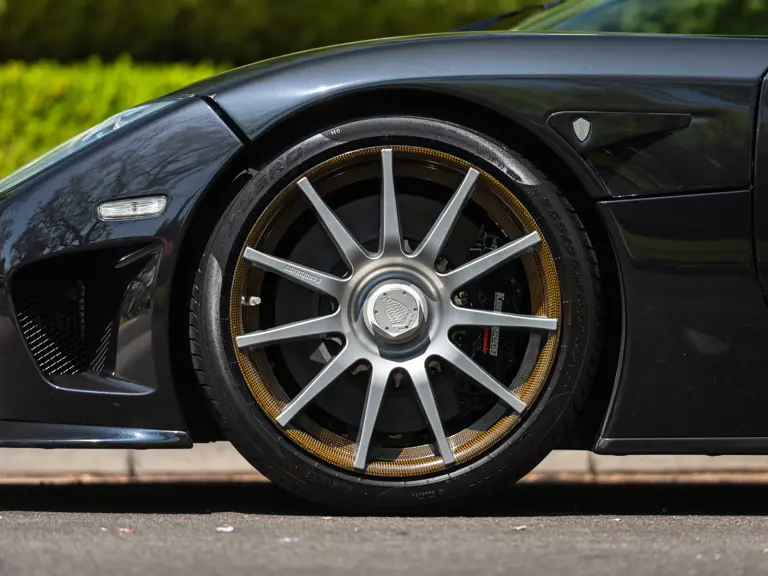

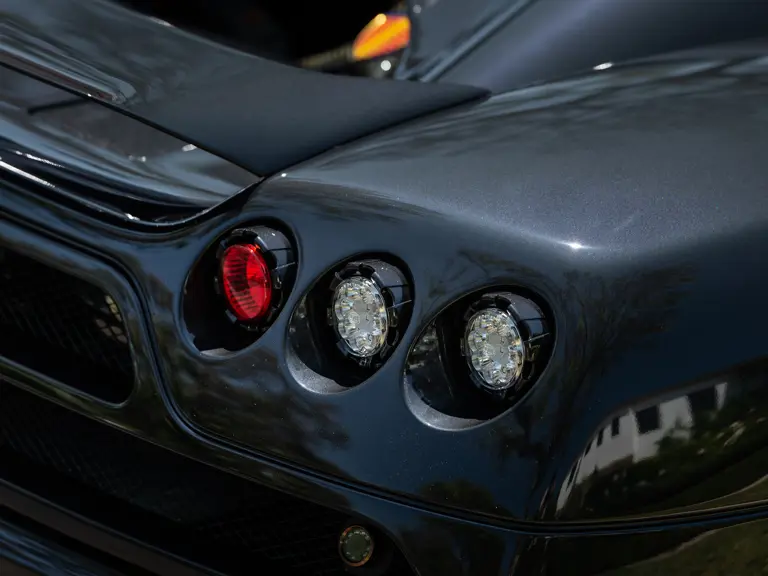



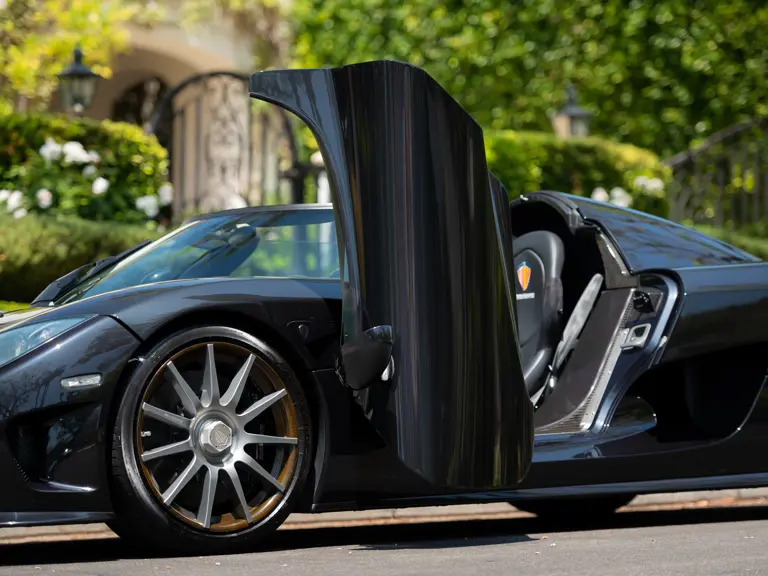
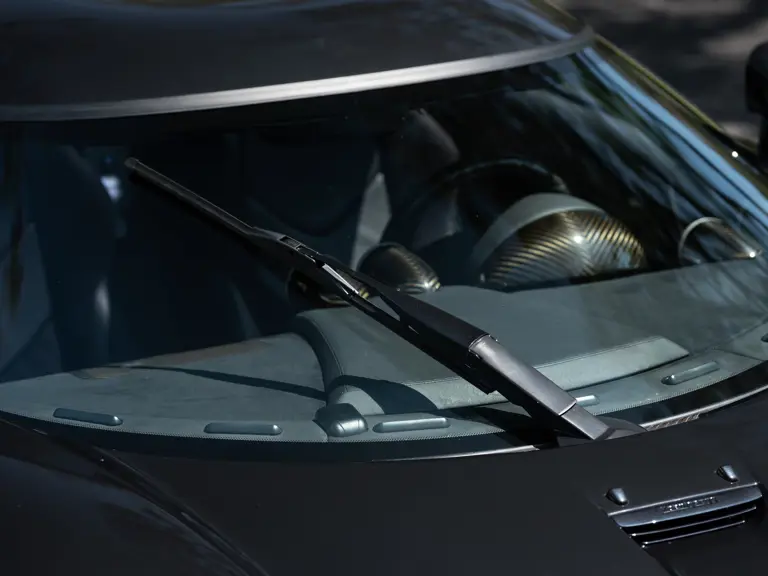



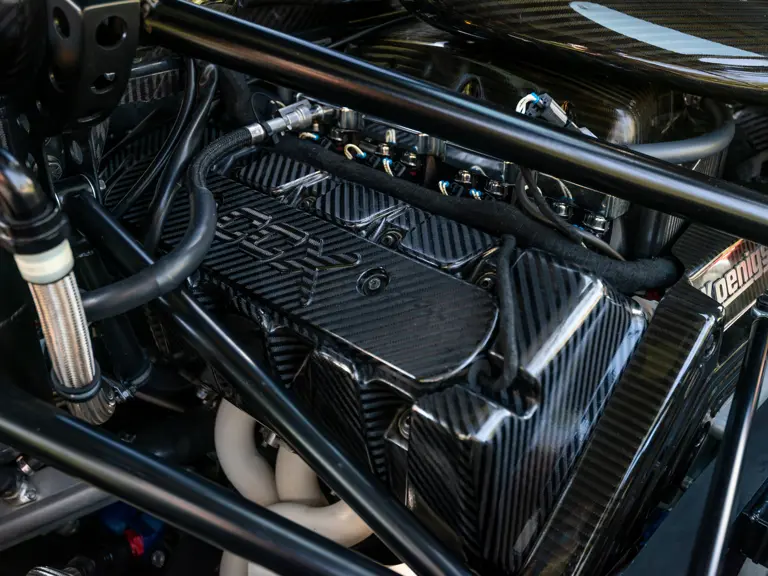
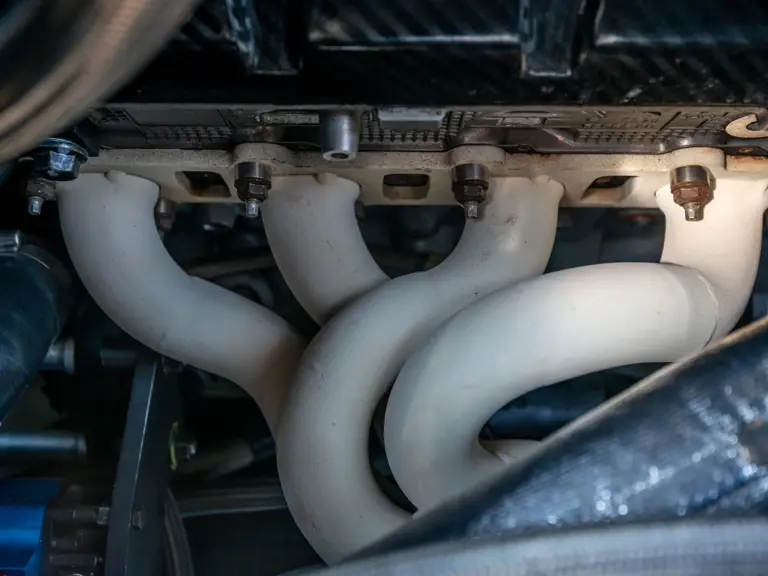
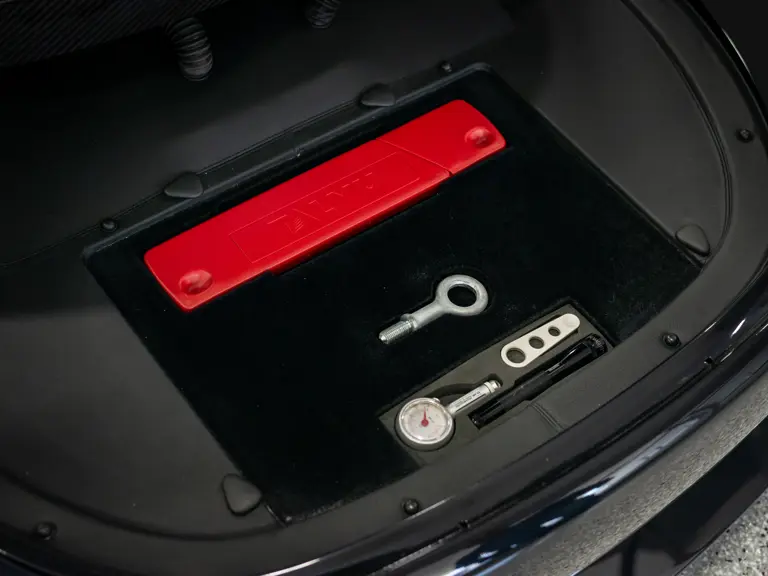
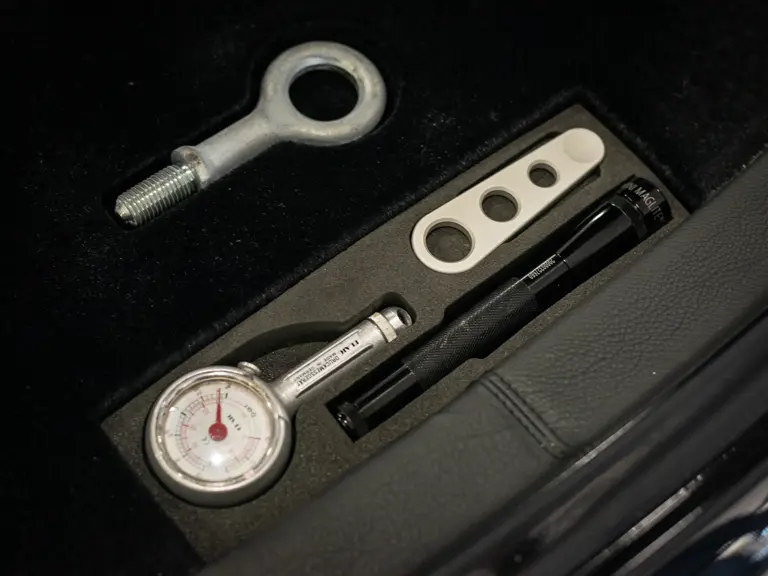
 | Monterey, California
| Monterey, California

